This piece publishes alongside the Zócalo/Los Angeles Times program “Would Parliamentary America Have More Fun?,” tomorrow, Friday, February 23, at 7 PM PST. Register here to attend in person or online.
For one weekend in 2014, my local community and I came together and took over Brockwell Lido, an outdoor swimming pool in South London. We put on an entirely free weekend of arts, culture, and science events for our community. There were kayaks in the swimming pool, shadow puppetry, cheerleading, scientists talking about the effects of cold water on the body, mermaids, paddle boards, a local choir, guided nature walks in the park nearby, and a magician. People came in the hundreds—the visitor count exceeded 1,000—including those who lived nearby but had never visited the lido and came through its gates for the first time.
It was our first Fun Palace, a huge and vital celebration of the brilliance of our community.
Now Fun Palaces take place annually, inspiring civic joy and democratizing ideas, resources, and culture. Over one weekend, this series of grassroots actions spring up across the U.K., uniting the nation in a drive for hyper-local culture, democracy, and radical social change.
In the 1960s, theater director Joan Littlewood and architect Cedric Price first envisioned a Fun Palace as a “laboratory of fun” and a “university of the streets” located in a physical building they would construct on the River Thames in East London. They dreamed that you would be able to access the building by “train, bus, monorail, hovercraft, car, tube or foot at any time.” They had a vision that you would come together with others there to learn and play. It was to be a temporary building, which after 10 years they would knock down and start over.
But it never got funded.
Instead, the idea of the Fun Palace lay dormant for five decades until Littlewood’s centenary neared. While many places were planning to stage productions of Littlewood’s most well-known play, Oh What a Lovely War, theater-maker, author, and activist Stella Duffy started thinking about what it would take to bring Littlewood and Price’s abandoned vision to life. She asked theater producer Sarah-Jane Rawlings to join her, and they both worked for months, from their kitchen tables, unpaid, to get the campaign off the ground. They traveled the country and were openly political about their mission for Fun Palaces, never underplaying the radical nature of the concept.
There was a huge response from the theater world, from those who knew and loved Littlewood and her work, but the call also attracted others seeking connection and radical social change; a different way of doing things. Ten years of Tory austerity in Britain had seen huge cuts to arts, culture, and public services, paired with increasing division around the borders and barriers to art and creativity. Fun Palaces represented a cultural shift of sorts, filling a void where government was not for its people. In total, 138 venues, organizations, and community groups said “yes” to the open invitation, and Fun Palaces popped up in theaters, libraries, parks, and community centers across the length and breadth of the U.K. on the weekend of October 4, 2014.
Now, 10 years later, Fun Palaces are still going strong, and I’m part of the organization behind them, which campaigns year-round to advocate for cultural democracy, an approach to arts and culture that aims to include everyone’s voice.
The Fun Palaces model broadens what gets counted as culture. We include gardening, crochet, orange peel sculpting, junk modeling, battle rap, and coding (to name but a few) to show people that culture is not limited to opera or expensive theater in big, shiny buildings, or contemporary art pieces in costly-to-visit galleries. By empowering them to have a say in reimagining culture as for them, it also encourages them to see that they have a say in what the world can look like. When communities come together to democratize culture and take over decision-making in this arena, I believe it gives them the power to take over decision-making in other arenas, too.
Last year we called together a group of Makers (people who make Fun Palaces) to find out what Fun Palaces mean to them. We got a range of responses, which made it clear that the political and radical nature of Fun Palaces are a huge pull. “I’ve always seen a Fun Palace as a permission to be a bit more radical and experimental,” one Maker said. “It’s about systems change. And showing that there are alternative ways of re-building society that is currently around us.” To further explore the connection between cultural participation and civic activism, we’re conducting some research with sociologist Katy Pilcher, funded by the Centre for Cultural Value.
We know that the ideas behind Fun Palaces speak to people. Since 2014 there have been more than 2,650 Fun Palaces, made by more than 45,000 people and attended by over 800,000 people. Fun Palaces take place in libraries, theaters, gardens, pubs, cafes, museums, community centers, school halls, allotments, shopping malls, and many other places. We support the communities making Fun Palaces in all kinds of ways, whether it’s talking through ideas, helping them find insurance or funding, or linking them to local buildings that might be a potential venue for their Fun Palace. When the big buildings (theaters, museums, etc.) make them, we encourage them to “hand over” the reins to their local community for the weekend.
Ultimately Fun Palaces place communities at the heart of the decision-making around arts, sciences, and culture. We’ve always used Littlewood’s quote, “Everyone an artist, everyone a scientist” to assert this. But I believe it’s more than that: Everyone a digital creator, everyone a storyteller, everyone a historian, everyone a cultural leader, and everyone an activist, too.
When we come together in our communities and learn from one another, we strengthen what we’re capable of. If we can sing together, knit together, and have fun together, then we are also in a better position to stand up as communities and ask to have our other needs met, too.




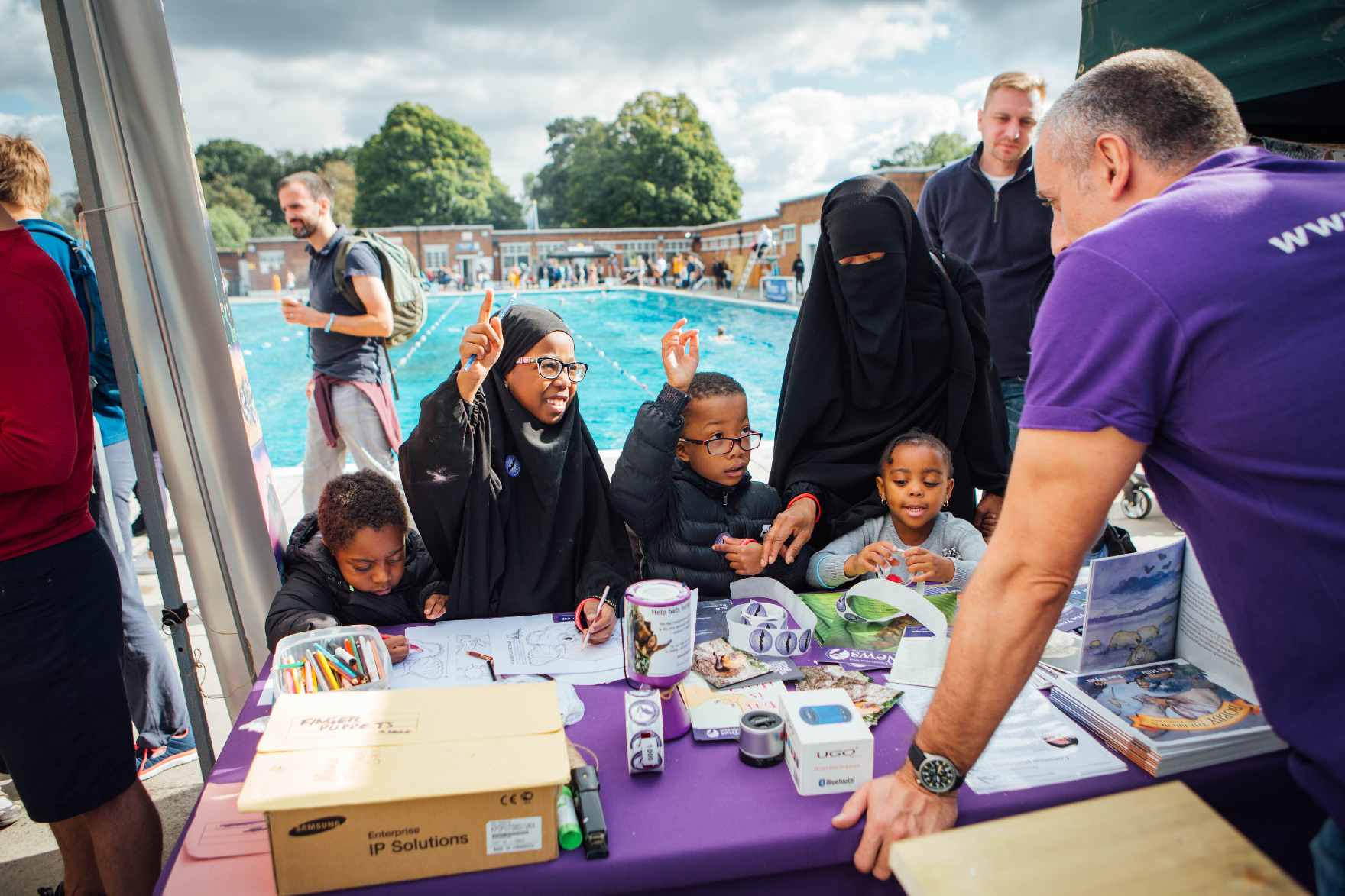
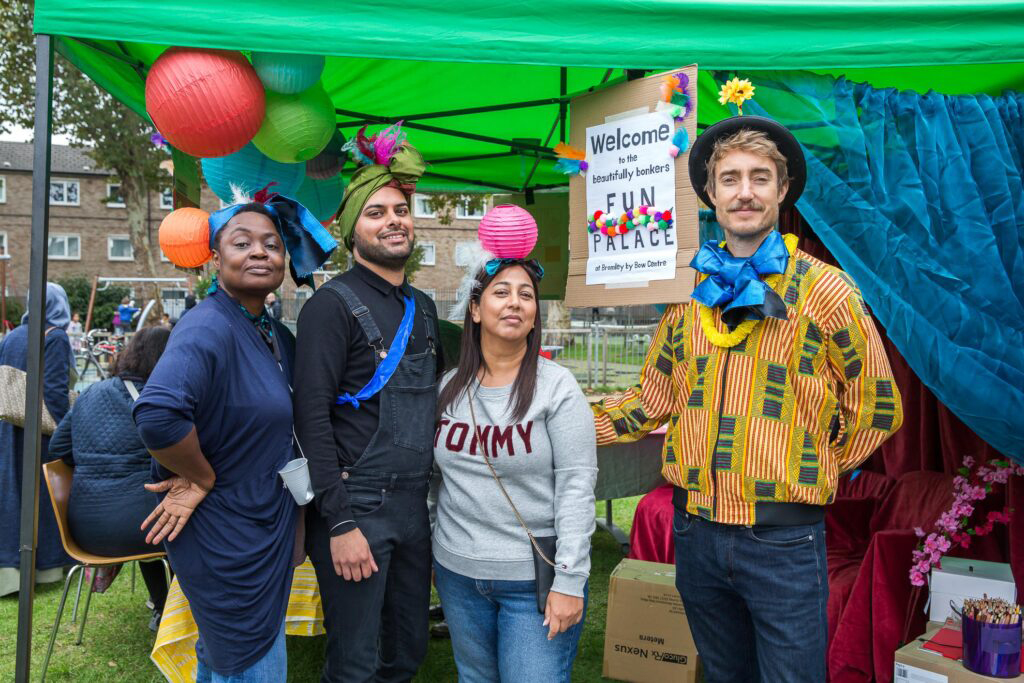
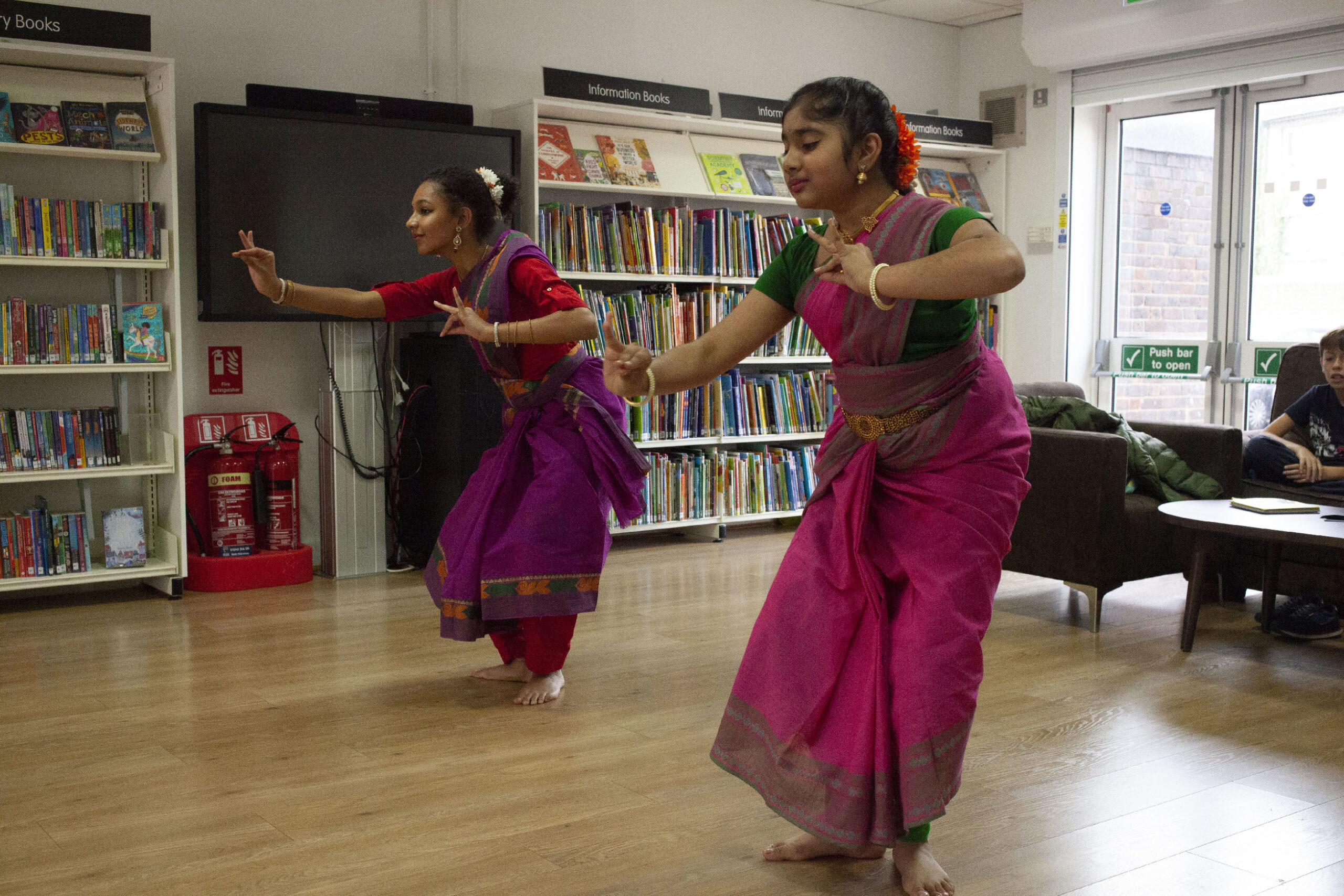
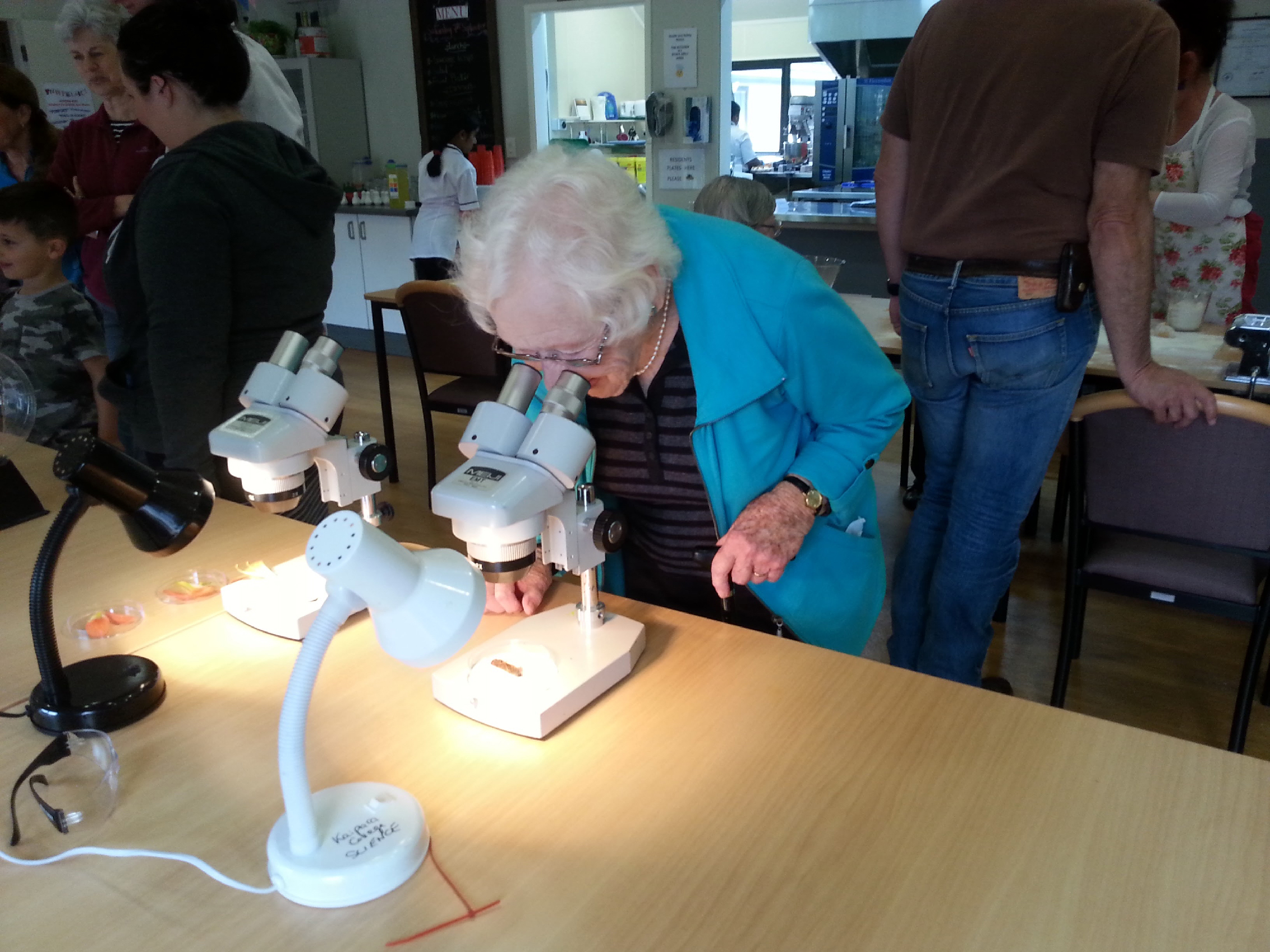
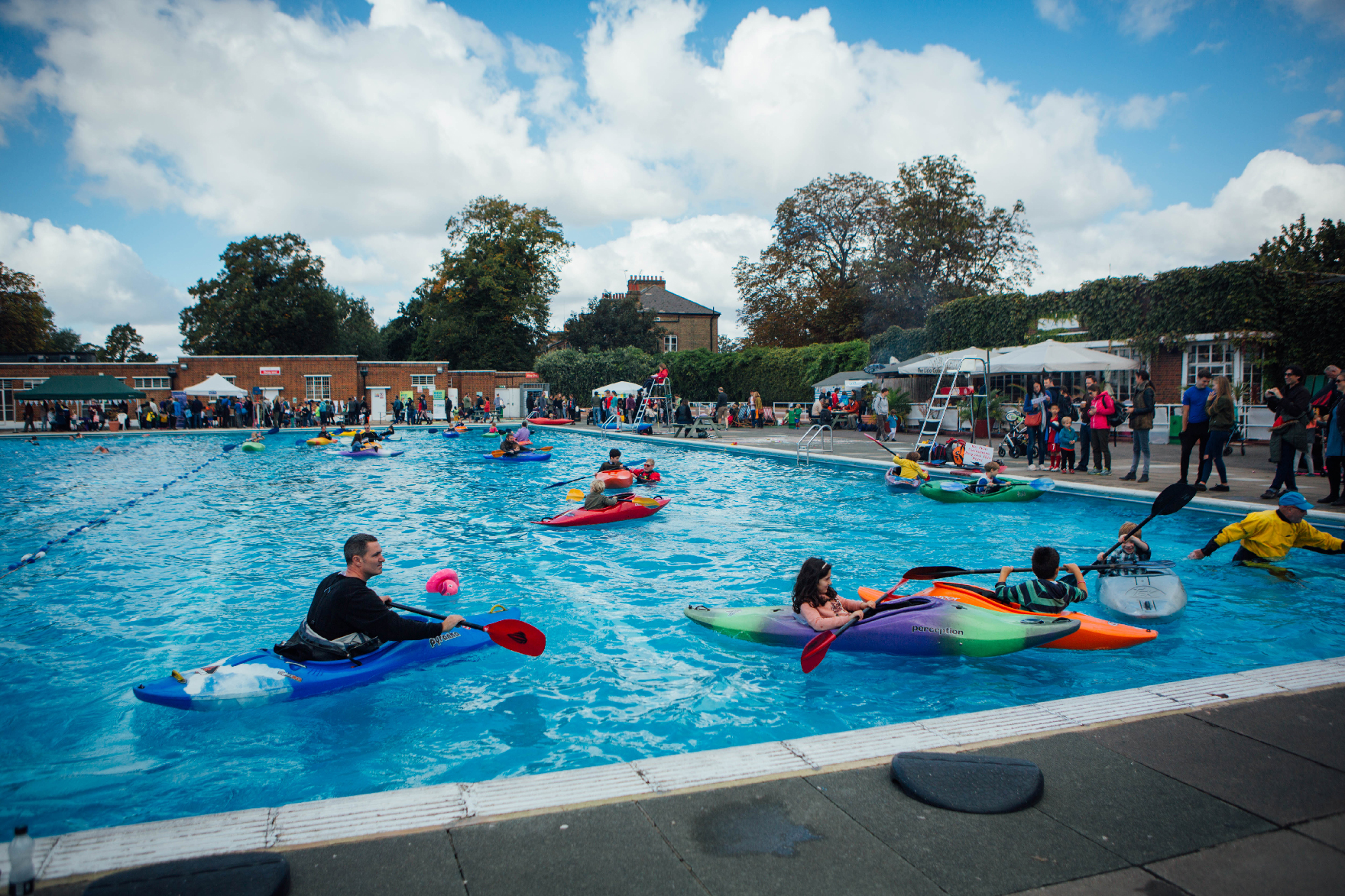
Send A Letter To the Editors